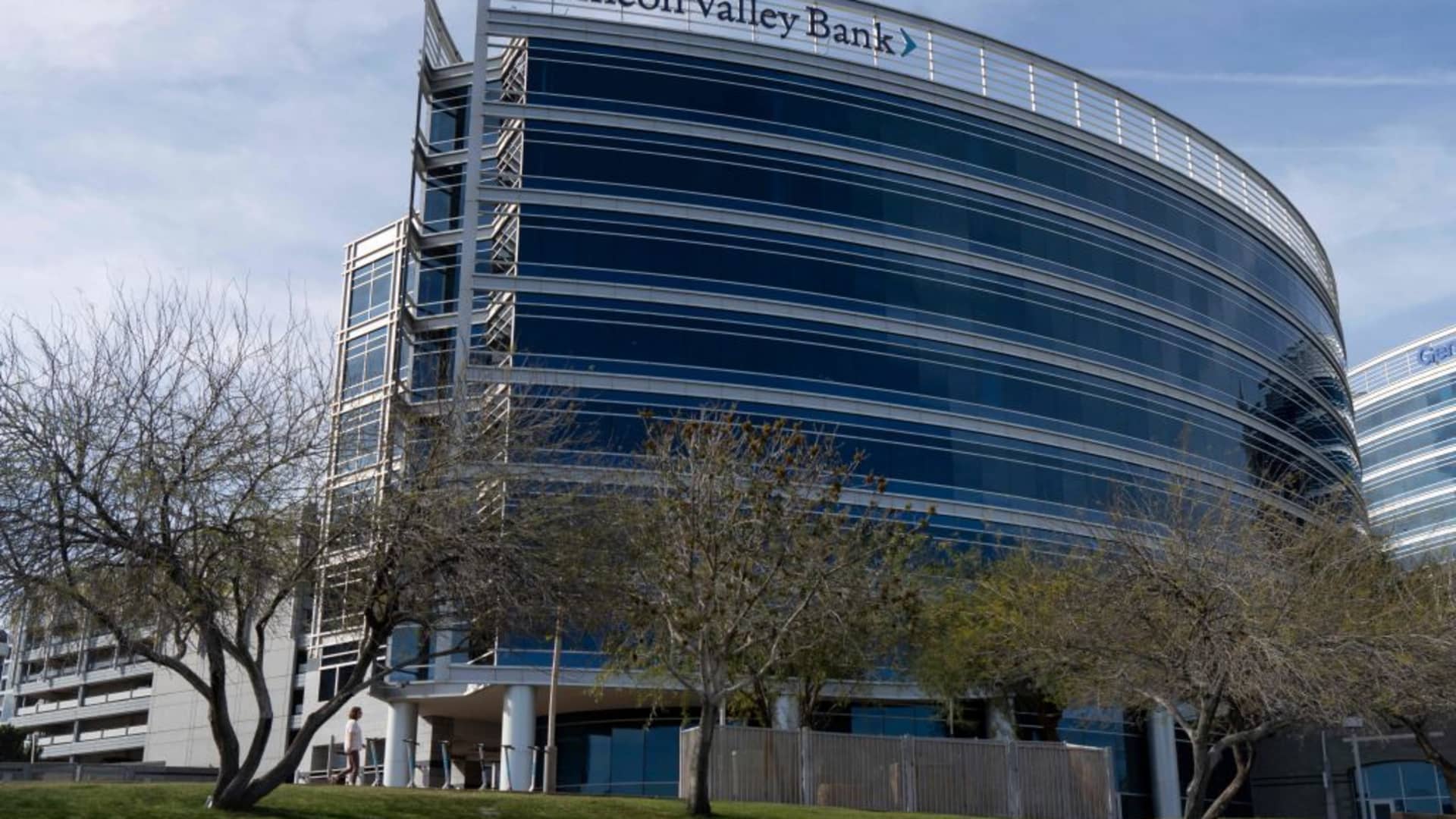U.S. regional banks largely sold off after the collapse of Silicon Valley Bank in March. Regulators seized its deposits, in what is the largest U.S. bank failure since the global financial crisis . Although their shares have regained some ground since, after the government said it was ready to provide further guarantee of deposits , the SPDR Regional Banking ETF (KRE) is still down 26% in the year to date. Should you buy the dip or steer clear of the uncertainty? A bull and a bear on U.S. regional banks faced off on CNBC’s ” Street Signs Asia ” on Thursday and shared their stock picks. ‘The worst is behind’ Christopher Marinac, director of research at Janney Montgomery Scott, a financial services firm, said banks are profitable, and he estimates that tangible book value per share this quarter will gain 3% on average despite “all of the noise and worries in March.” He said the industry still has very good credit quality and reserves are rising. “The [regional] banks are in very good shape – leverages [are] substantially less today than it was in 2007 and 2008 which positions the banks for a lot less losses than the market realize. So the stocks I think have a chance to bounce and I think the worst is behind,” Marinac told CNBC. ‘Not the environment’ for regional banks It’s “not the environment” for regional banks right now, said Brian Stutland, portfolio manager at Equity Armor Investments. He said regional banks rely on a few major economic factors. First, they need to be able to borrow commercial paper — near or at the U.S. Federal Reserve funds rate — and at the same time lend out to customers at 150 to 200 basis points higher than where they borrowed against deposits. “That condition is not available,” he said. “Also, GDP expansion and increasing new business formations with declining unemployment rates are also necessary and that too is in question at the very least as you can see by a flight to safety into the 10 year note,” he said. A rising 10-year note is another condition — and that’s not present either, Stutland added. “[The Fed] is expecting a mild recession in the second half of the year. That’s gonna put pressure on the 10-year note, U.S. Treasury to be somewhat suppressed to the downside. I don’t expect it to get back up to 4% by the end of the year. That’s certainly going to hurt regional banks,” Stutland told CNBC. Deposits, cash levels and growth The bank crisis in the U.S. has led to only about a 3% decline in deposits in the U.S. system, Marinac said. He said the decline was less than what investors expected it to be, and although there were “clear” deposit outflows at five banks — SVB, Signature, First Republic, PacWest, and Western Alliance — it was far less for the rest of the industry. “U.S. deposits are still net 30% higher today than at year-end 2019, pre-pandemic,” he said. Marinac added that banks have “excellent cash flows” to handle any recession. However, Stutland argued that the issue of deposits is “levels of risk” when it comes to the regional banks. “All deposits being protected, I think is a pipe dream,” he told CNBC. “Will we insure depositors beyond what people expect if there’s some failure?” As for the healthy cash levels that Marinac noted, Stutland asked where growth “is going to come from.” “Even if the cash reserves hold in there, I’m still worried about things holding up and where’s the growth going to come for these regional banks until the economic macro economic environment improves,” he said. Stock picks For investors still keen on regional bank stocks, Marinac said his top two picks are Fifth Third Bancorp and First Citizens . First Citizens announced in late March that it will buy over Silicon Valley Bank’s deposits and loans. He highlighted “the fact that [regional bank] stocks are down 40% when you’ve had earnings down about 5%. Even though earnings estimates will fall again for 2023 and 2024, as we go through earnings season this month, they’re not going to come down 40%.” “So overall, I think you have very good value,” Marinac added. Stutland, for his part, said he would go for bigger banks, preferring JPMorgan to Bank of America . “We want to be in the bigger bank area, because I think this type of economic environment is going to be favorable for those guys,” he said. “[I’d] rather own some growth type techie type names as a recovery to this and a push forward in the second half of this year, rather than [own] regional banks and take the risk in that area,” Stutland added.


